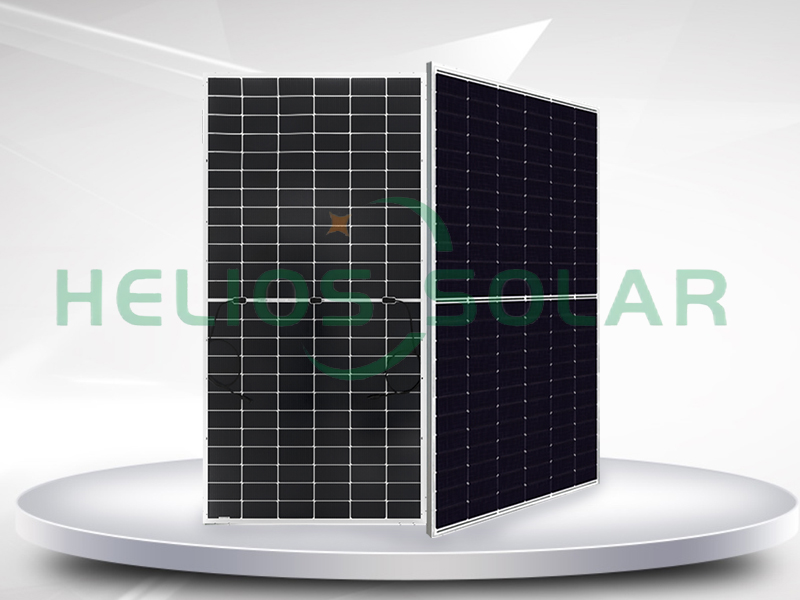In today’s pursuit of sustainable and renewable energy, solar power generation is becoming increasingly popular. The technology uses solar energy to provide a clean, efficient alternative to traditional energy sources. However, many people are still confused about the difference between solar power and photovoltaic systems. In this blog, we’ll take a closer look at both terms and shed light on how they are contributing to the solar revolution.
Solar vs. Photovoltaics: Understanding the Basics
When it comes to solar power, it’s important to understand the subtle differences between solar and photovoltaic systems. Solar energy is a broader term that refers to any technology that converts sunlight into usable electricity. Photovoltaic (PV) technology, on the other hand, specifically involves converting sunlight directly into electricity using solar cells.
Explore solar energy:
Solar energy is a broad concept that encompasses various methods of utilizing solar energy. While photovoltaic systems are an important component of solar power, other technologies include solar thermal, concentrated solar power (CSP), and solar biomass. These methods differ from photovoltaics in that they involve converting solar energy into thermal or mechanical energy rather than directly into electrical energy.
Solar Thermal: Also known as thermal solar, this technology uses the sun’s heat to create steam that drives a turbine connected to a generator. Solar thermal power plants are usually installed in sunny areas to generate large-scale electricity.
Concentrated Solar Power (CSP): CSP uses mirrors or lenses to focus sunlight from a large area onto a small area. Concentrated sunlight generates high temperatures, which are then used to generate electricity or in various industrial processes such as desalination.
Solar Biomass: Solar biomass combines solar energy with organic matter, such as agricultural waste or wood pellets, to produce heat and electricity. The organic material is burned, releasing heat energy that is converted into electricity through a steam turbine.
Uncovering the secrets of photovoltaic systems:
Photovoltaic systems work on the principle of the photovoltaic effect, which involves using semiconductors such as silicon to convert sunlight directly into electricity. Solar panels are composed of multiple solar cells that are connected in series and parallel to form an efficient solar power generation system. When sunlight hits a solar cell, an electric current is produced that can be used or stored for later use.
Photovoltaics can be installed on rooftops, and commercial buildings, and even integrated into a variety of portable devices such as calculators and cell phones. The ability of photovoltaic systems to generate electricity without noise, pollution, or moving parts makes them ideal for residential, industrial, and remote applications.
In conclusion
Solar power generation is a vast field with numerous technologies and applications. Solar energy includes a variety of technologies that harness solar energy, including solar thermal, concentrated solar energy, and solar biomass. Photovoltaic systems, on the other hand, specifically use solar cells to convert sunlight into electricity. For anyone interested in adopting solar energy as a sustainable energy source, it is critical to understand the difference between these terms. So whether you’re considering solar or photovoltaic systems for your energy needs, you’re contributing to a greener future by embracing solar power.
Post time: Nov-10-2023


